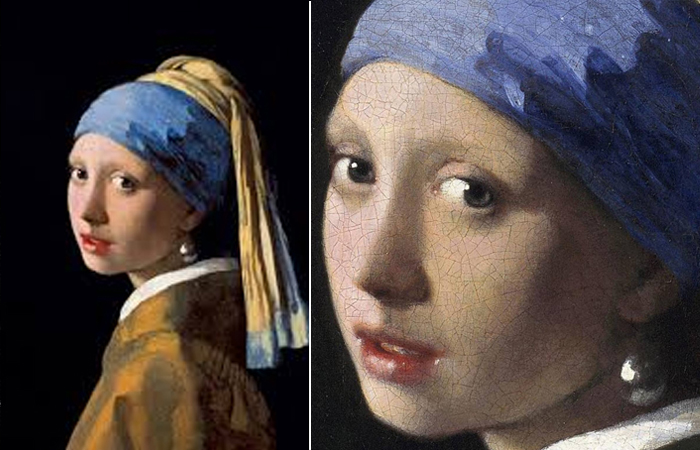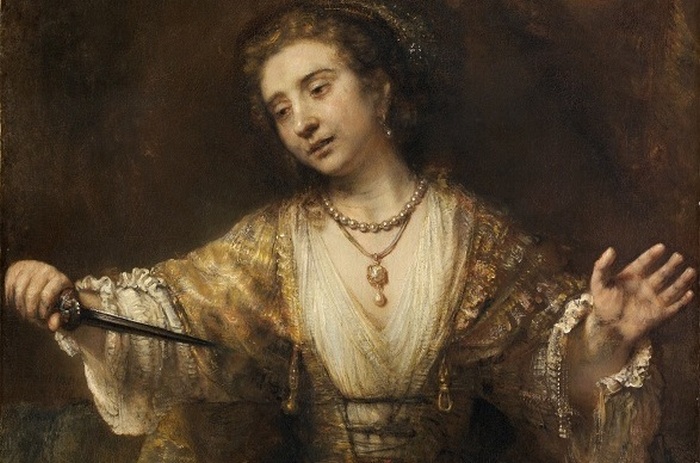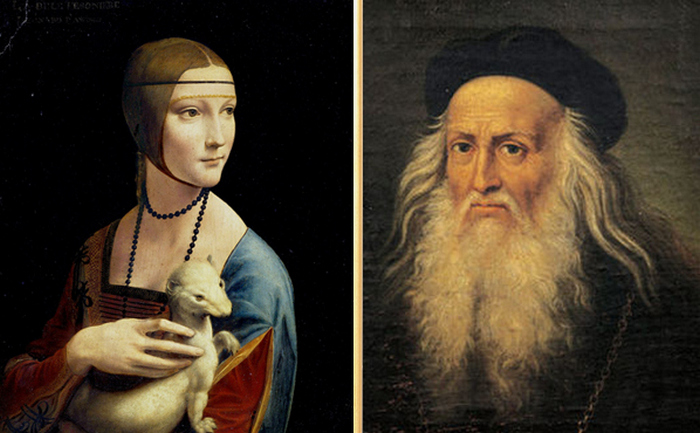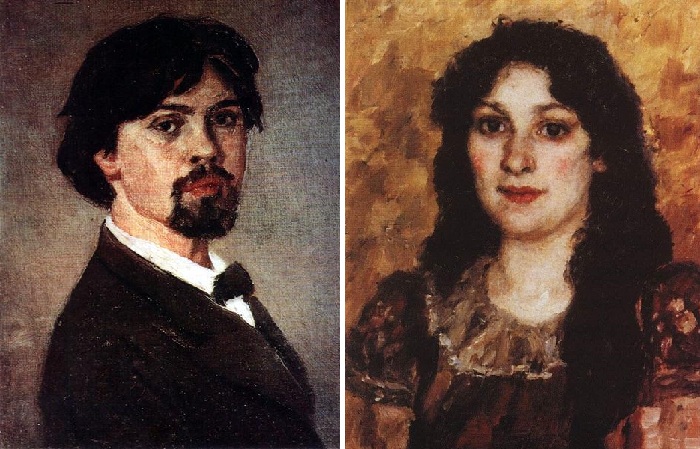As an apprentice carpenter and an orphan became a world famous salon painter: Mihai Munkachi
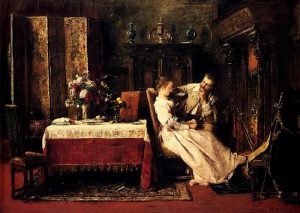 Recently, in the Western world of art, a trend has begun to be traced more clearly, which fundamentally changes the priorities of styles. And no matter how adherents of abstractionism and modernism resisted, finally there was a turn in the direction of figurative painting – meaningful and realistic. The audience was much more impressed by the plot canvases, which can tell a lot for themselves. And today I would like to open to the reader the name of the amazing 19th-century Hungarian painter Mihai Munkachi, whose painting in our time has become in demand like 150 years ago.
Recently, in the Western world of art, a trend has begun to be traced more clearly, which fundamentally changes the priorities of styles. And no matter how adherents of abstractionism and modernism resisted, finally there was a turn in the direction of figurative painting – meaningful and realistic. The audience was much more impressed by the plot canvases, which can tell a lot for themselves. And today I would like to open to the reader the name of the amazing 19th-century Hungarian painter Mihai Munkachi, whose painting in our time has become in demand like 150 years ago.
The life path of each artist is always complicated and ambiguous. So Mihai Munkachi, walking along it, experienced stunning ups and downs. But, as is known from history, only strong-willed masters, clashing with adversity and misfortune, contrary to all laws of logic, temper their art, giving it a true fortress.
A little biography
Mihai Munkachi (1844-1900) – Hungarian realist painter of the second half of the 19th century, famous for his plot paintings in portraiture, genre and historical painting. The name of Mihai Munkachi from birth is Mihai Lib. Born in the small town of Munkach in Austria-Hungary in the family of a poor official of Bavarian descent, at the age of six he remained an orphan. The boy had to very early experience the bitterness of resentment, grief and terrible fear.
Looking at the world through burning tears, he more than sipped his grief. And these impressions of his childhood for the rest of his life were ingrained in his soul, and neither fame nor overwhelming success in the future could eclipse and did not allow him to forget that he came from an ordinary people. By the way, Munkachi emphasized his connection with Hungary throughout his life, he also chose the name of his native city (now the Ukrainian city of Mukachev) as his pseudonym.
Osirotev, the boy was in the care of his own uncle, who did not much favor his nephew. When he was barely ten years old, he was apprenticed to a joiner. But the boy was seriously ill from hard work, and his relatives were forced to take him home.
It was during this period that Mihai began to draw, and a little later, to take mastery lessons from the local artist Elek Samoshi. And I would like to note that the teenager had such a great passion for drawing that he did not miss a single chance given to him by fate. So, on the recommendation of his first teacher, Mihai goes to Budapest, where he continued his studies, and having secured the support of a famous metropolitan artist, he won a scholarship to study abroad.
In 1865, the gifted young man went to Vienna, where he studied at the Academy of Arts for a year. Then came Munich and Paris, where Mihai became acquainted with the latest achievements of German and French painting.
“Yawning student”
The Hungarian 24-year-old master painted this stunning study in 1868, and a year later he created the painting “Yawning Student”, in which the audience saw not only a realistic portrait of a teenager and a full-length apprentice figure, but also a wretched home with an untidy bed. In addition, the author, as if recalling his suffering and deprivation, with amazing skill conveyed the atmosphere in which this teenager lived. In it, it seems as if the sounds of cuffs and cracks are still heard, rude abuse of the master. It was this work that brought Mihai Munkachi to the ranks of realists of the 19th century.
“Sentenced to death” or “Death row”
But this painting, often called the “Death row” – is deeply tragic and informative. It depicts the last day of the life of a betyar condemned to death – that was the name of the Robinguds of Hungary in the 19th century. Just brigands from the people, freedom-loving and generous, they were intimidation for moneybags. And when they managed to catch them, then of course, they became doomed to execution.
According to the law of those distant years, on the last day of their life all who were willing to say goodbye to the condemned were admitted to death row. And this was done not at all out of humane impulses, but for intimidation, so that others would not be disgraceful. Therefore, we see a lot of people on the picture plane, including a sobbing wife, clinging to a cold prison wall, and a bewildered little daughter in the foreground, and even a lot of onlookers who came either to sympathize or to gloat. By the way, Mihai himself in his youth has not once witnessed such terrible scenes.
Clenching his fists and turning away from the pesky eyes, the condemned Betiard sits at the table. Serious thoughts took possession of him, but it can be seen from all that faith in a just cause defeats his fear of inevitability.
The presented painting “Condemned to Death” in 1870 at the Paris Salon, brought the artist a gold medal and became the key to his popularity. A famous French critic wrote at the time: “The realism of Munkacci can be compared with the realism of Ribot and Courbet. In his own feelings, he is similar to Russian realists … “
